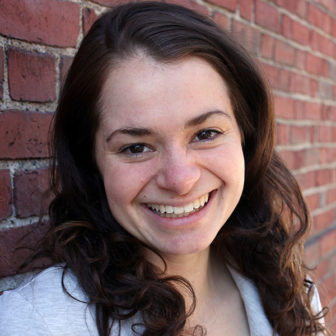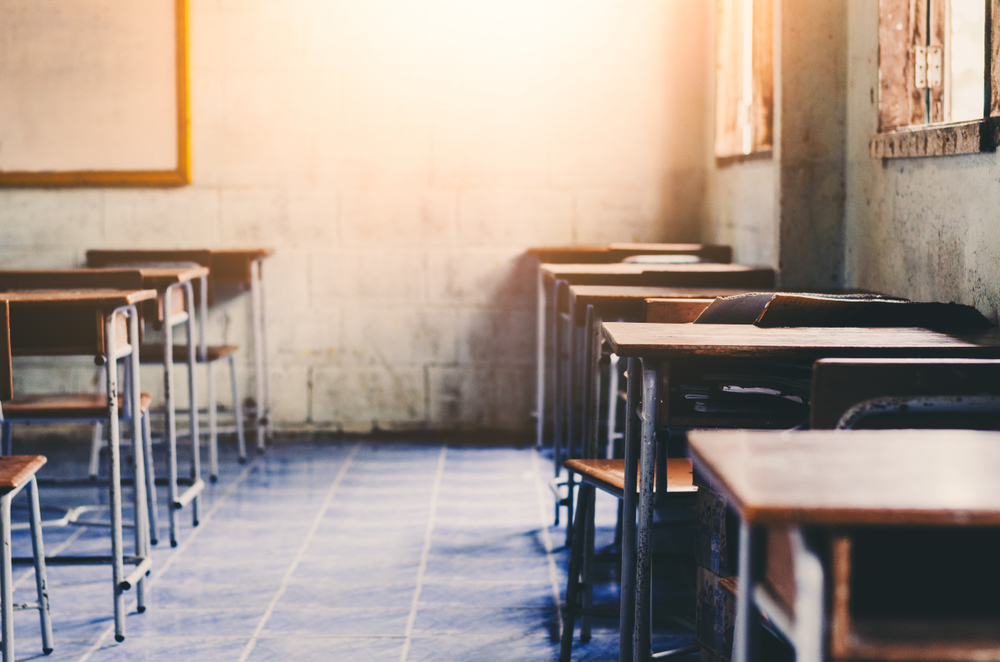![]() Advocates often urge the dismantling of the school-to-prison pipeline. But for many of our youth, prisons are already their schools. In 1954, Brown v. Board of Education first demonstrated that “separate but equal” is an unacceptable doctrine within our school system. Yet the doctrine of separate and unequal continues today through the placement of a disproportionate number of minority students and students with disabilities in youth detention facilities, where they receive educational services that are often underfunded and inadequately staffed.
Advocates often urge the dismantling of the school-to-prison pipeline. But for many of our youth, prisons are already their schools. In 1954, Brown v. Board of Education first demonstrated that “separate but equal” is an unacceptable doctrine within our school system. Yet the doctrine of separate and unequal continues today through the placement of a disproportionate number of minority students and students with disabilities in youth detention facilities, where they receive educational services that are often underfunded and inadequately staffed.

Kristabel Stark
The most drastic “separate and unequal” of today is experienced by the many youth who are still put in solitary confinement on a regular basis, where they receive fewer individualized education services, fewer instructional minutes and fewer opportunities to learn important skills like speaking and writing — even compared to their incarcerated peers.
In 2016, President Barack Obama banned the use of solitary confinement for juveniles in federal prisons, citing its many traumatic effects. As of August 2018, seven states prohibit or strictly limit punitive solitary confinement for all youth, and 29 states have laws limiting solitary confinement — but in many facilities, solitary confinement is still being widely used. So how can advocates work to bring justice and equity to all students in the midst of these varying stages of reform? Together, we can work to end the ongoing injustice of separate and unequal in three distinct ways.
First, for those states where solitary confinement is still allowed, immediate action should be taken to bring a lawsuit against the facilities on the basis of violating the Individuals with Disabilities Education Act, which mandates individualized education services to students who need them, regardless of their “school setting.” Between 1975-2015, class-action lawsuits specifically regarding failure to provide adequate special education services were brought against 16 states as well as Puerto Rico and Washington, D.C. Many of these resulted in both the reduction of punitive practices such as solitary confinement and the improvement of educational services.
However, lawsuits are slow proceedings, and even when they result in positive policy changes, implementation can also lag due to low accountability and resource availability in the facilities. This calls for “band-aid” fixes that can improve education for youth even at centers where solitary confinement is still allowed, though they don’t actually provide an ideal education.
What we can do now
This second type of work does not require major changes in policy, resources or culture, but small-scale changes to make education more accessible and individualized. Youth in solitary confinement generally receive little direct instruction with a teacher, yet facilities often only provide them with standardized HISET (high school equivalency test) worksheets or a few book-cart options.
Instead, the facilities should provide a wider range of books and workbooks to include more lower-level, high interest, non-English books, and books with significant visuals such as graphic novels. Most facilities certainly have the small amount of funds needed to purchase such books, and if not, organizations like Prison Book Program are poised and ready to fill this gap.
In addition to these options, youth in solitary could be provided with audiobooks or lessons on mp3 players to use. One adult facility that allowed those in solitary to use mp3 players a few times per week found that no headphones were destroyed and 80 percent of inmates in solitary chose to use them. Advocates can work to gather donations to provide these types of resources and communicate with local facilities directly to provide accountability for their use.
But even in facilities where solitary confinement is completely banned, the work to build a rehabilitative culture where education is equitable is a long-term process. Long-term cultural shifts are the third and final step of both ending solitary confinement and educational reform. In 2014, the government issued the following five recommendations for ensuring high-quality education in juvenile facilities: positive climate, appropriate funding, qualified staff, appropriate curriculum and procedural consistency. Positive climate is perhaps the hardest of these to achieve.
Youth who are incarcerated in detention facilities are often seen as dangerous perpetrators, particularly after the image of the “superpredator” proliferated in the media in the 1990s. But up to 90 percent of youth who are involved in the justice system report having experienced trauma. Therefore even the most violent offenders are likely to also be victims, and should be treated as such within their respective facilities. This requires a mindset shift and must be addressed through ongoing staff training.
PBIS
One way to work toward this type of culture is to reduce the need for traumatic disciplinary measures. A framework that facilities should adopt is the Positive Behavioral Intervention Supports (PBIS) model. Used in many schools, PBIS is the concept that any population of youth will need three levels of behavioral supports: primary supports, which are universal and enable 80 to 90 percent of youth to conform to behavioral/safety expectations; secondary supports, which about 10-15 percent of students need in order to meet expectations and tertiary, should only be needed for 1-5 percent. This limits the use of physical restraint and solitary confinement to only a few youth per facility and pushes staff to rely on positive supports such as token economies, positive reinforcement and verbal de-escalation instead.
Unlike solitary confinement, which has no proven effect on safety and violence reduction, PBIS works. It helps facilities make data-informed, unbiased decisions about how resources should be allocated among youth. Where funding is available, it should be directed toward low youth-to-staff ratios, where youth have the opportunity to build relationships and be known.
Research shows that education reduces crime and that youth with above-average academic achievement while incarcerated are more likely to attend school after incarceration. Through continuing to fight against solitary confinement through legal efforts, resource selection and delivery shifts, and changing the mindsets and culture within facilities, we will not only improve outcomes for incarcerated youth, but we will live in a more just and safe society for all our youth.
Kristabel Stark is a doctoral student in special education at Boston University, where her research examines the impact of teachers' professional identity and mental health on the education of students with disabilities. She also teaches GED classes to youth who were previously incarcerated.
